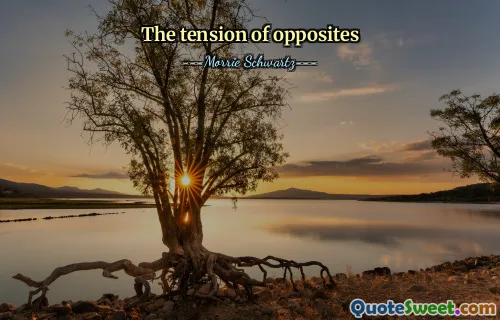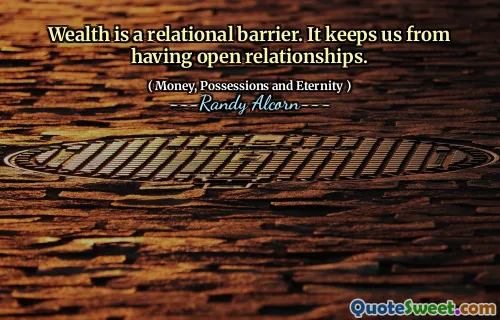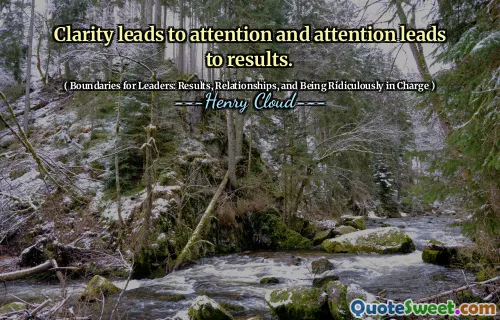
Scientists attach great importance to the human capacity for spoken language. But we also have a parallel track of nonverbal communication, which may reveal more than our carefully chosen words, and sometimes be at odds with them.
📖 Leonard Mlodinow
This quote points to a fundamental aspect of human communication that goes beyond the spoken word—nonverbal signals. It's fascinating how scientists emphasize the power of spoken language as a pivotal tool for conveying ideas and information. However, the quote reminds us that this is only one part of the intricate communication system that humans use. Nonverbal communication, including body language, facial expressions, tone of voice, and even silence, often carries nuances and emotions that words may fail to express or may even contradict. This duality underscores the complexity of human interaction, where what is said might not fully reflect what is truly meant or felt. It challenges us to be more attentive listeners and observers, understanding that communication is multi-layered. In many scenarios—whether in personal relationships, negotiations, or even casual conversations—nonverbal cues often betray underlying feelings, intentions, or truths that words alone can mask. We often craft our words carefully, aiming to project a particular image or message, but our involuntary nonverbal signals might tell a very different story. Appreciating this complexity enhances empathy and can improve interpersonal effectiveness, as it encourages us to look beyond the surface and consider the broader context of communication. Ultimately, this quote invites reflection on the important balance and sometimes tension between verbal and nonverbal communication and encourages a deeper awareness of how we express ourselves and understand others.








